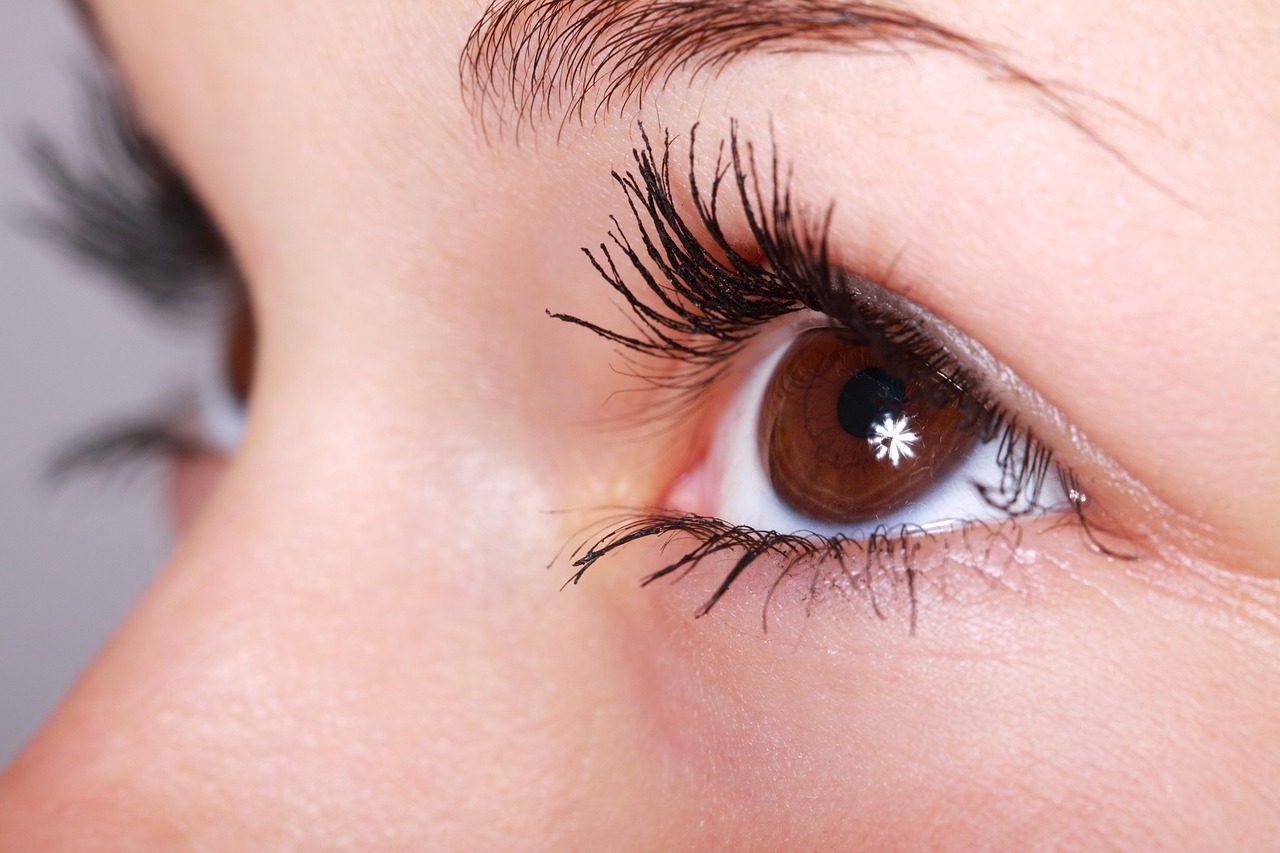Acute attack of primary acute angle-closure glaucoma
Triggers: Patient is tired, agitated, angry, in dark environment.
Symptoms:
1. Rainbow vision (colored halo when looking at lights), significant loss of vision, or only light perception remains.
2.Severe eye pain, migraine on the same side, even accompanied by nausea and vomiting.
Judgment:
The patient or family members can use fingers to press the eyeball alternately, according to the hardness of the eyeball to determine the intraocular pressure;
The patient’s eyes can be observed with the help of flashlight, and edema and congestion of the conjunctiva of the patient’s eyeballs and even swelling of the eyelids can be seen. The cornea is grayish in color (because of the foggy cloudiness of corneal edema). The pupil is dilated, mostly in a vertical oval shape or to one side, and the light reflex is lost.
Should be identified with other diseases to avoid misdiagnosis: many patients think hypertension, gastrointestinal disorders, fire, to the emergency department, according to the internal medicine disease treatment, delayed treatment.
Emergency treatment: family members should reassure the patient and remain calm; let the patient lie flat; ophthalmologic emergency department for medical treatment.
Ocular chemical injuries and thermal burns
Causes: Inadvertent splash of chemical liquids, gases and chemical dust in the eye.
Possible Injury Causing Substances:
Chemical liquids, such as strong acids (sulfuric acid, hydrochloric acid and other acids) and strong bases (sodium hydroxide, potassium hydroxide, ammonia, sulfide alkali solution, etc.).
Chemical gases, e.g. hydrogen sulfide, ammonia, etc.
Chemical dust, e.g.: fuel, fertilizer, lime, etc.
Symptoms: Eye irritation symptoms, such as eye redness, eye pain, burning sensation or foreign body sensation, tearing, eyelid spasm, difficulty in opening eyes, etc.
Judgment: Eye irritation symptoms after exposure to chemical substances. Residues of the chemical substance are visible on the eyelids, eyelashes and inside the eyes as well as burned skin and black scabs.
Emergency treatment: Once exposed to chemical substances, the eyes should be immediately rinsed on the spot, it is best to immerse the head into the water, open the eyes, shake the head, fully rinsed, the source of water to the tap water is preferred, as long as the water quality is clear, the amount of water is sufficient, any water can be used. As long as the water quality is clear and the amount of water is sufficient, any fresh water can be used. The more thorough the rinsing, the better, usually need to rinse for 30 minutes, after rinsing, immediately forwarded to the ophthalmologist.
Photophthalmitis
Causes: History of ultraviolet exposure, e.g., welding (welders are common), plateaus, snow and water reflections.
Incubation period: 3~8 hours.
Symptoms: intense foreign body sensation, stinging, photophobia and blepharospasm.
Judgment: After 2~12 hours of exposure of eyes to ultraviolet radiation, the patient feels eye pain, photophobia, difficulty in opening the eyes, eye pain as if many grains of sand have entered the eyes, and blurred vision. Eyelid skin is congested and eyes are red.
Emergency treatment: patients need to go to the hospital in time to the ophthalmologist to deal with, and do a good job of prevention, welding workers must wear a protective mask or glasses when operating. In addition, plateau, snow or desert sunlight reflection of ultraviolet rays can also make people occur electro-optical ophthalmia, need to wear protective glasses.
Eyes into the foreign body
Causes: Mosquitoes, sand, dust, shampoo, iron filings and other foreign objects into the eyes.
Symptoms: pain, tearing, foreign body sensation, symptoms of not being able to open the eyes, etc.
Judgment: Consciousness of obvious foreign body sensation in the eye, feeling foreign body rubbing the eye when closing the eye, people around you can see the foreign body and tell them.
Emergency treatment: Do not rub your eyes after a foreign body enters your eyes, because rubbing your eyes may bruise the cornea, or even embed the foreign body deeper into the cornea, aggravating the damage and leading to vision loss or even blindness. First of all, gently pull the upper eyelid forward, there is a gap between the upper eyelid and the eyeball, so that the tears flow outward to flush the foreign body, sometimes a few seconds to flush out the foreign body, once can not be done several times (avoid rubbing the eyes). Secondly, if the foreign body can not be flushed out, you can let your family or friends to turn the eyelid, with a cotton swab or clean handkerchief dipped in cold water gently will adhere to the inner surface of the eyelid to remove the foreign body (avoid panic to turn the eyeball, so as to avoid the foreign body on the eye to cause further damage), and finally, if you can not find the foreign body, with a flashlight, the foreign body embedded in the black eyeballs, you should immediately go to the hospital ophthalmology treatment.

